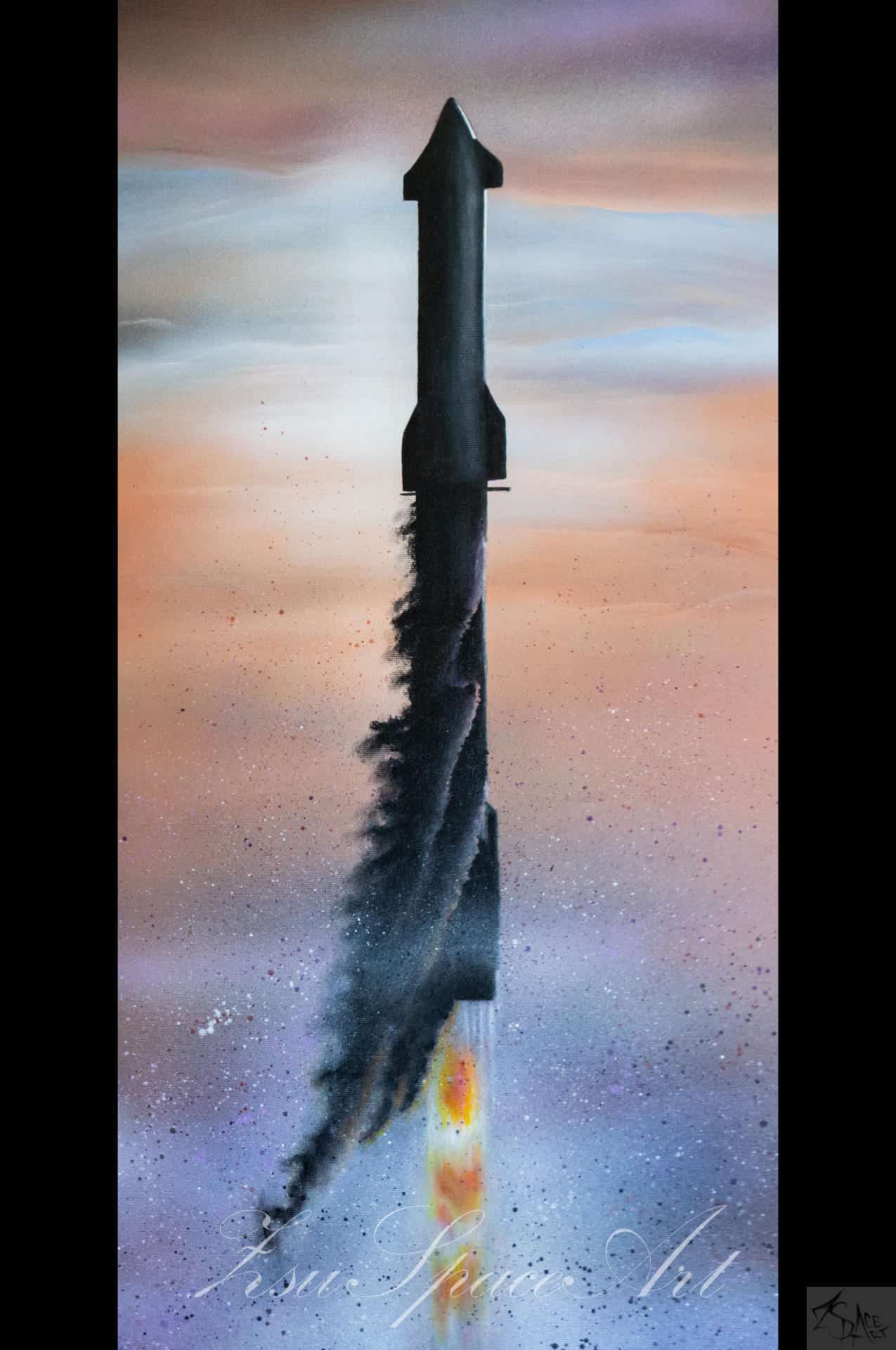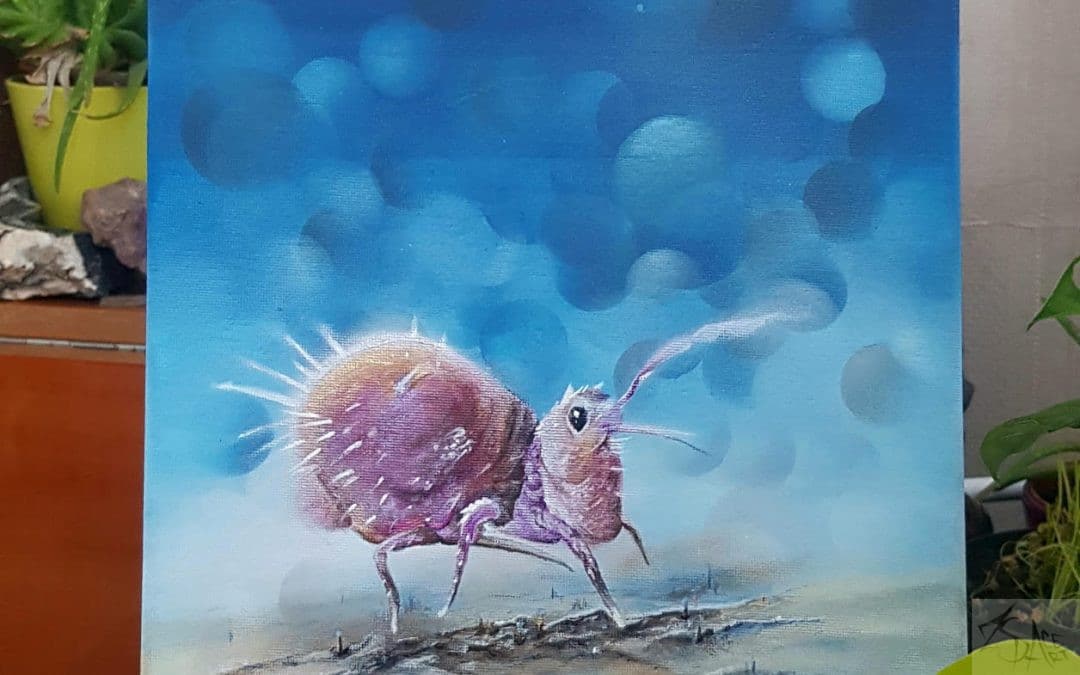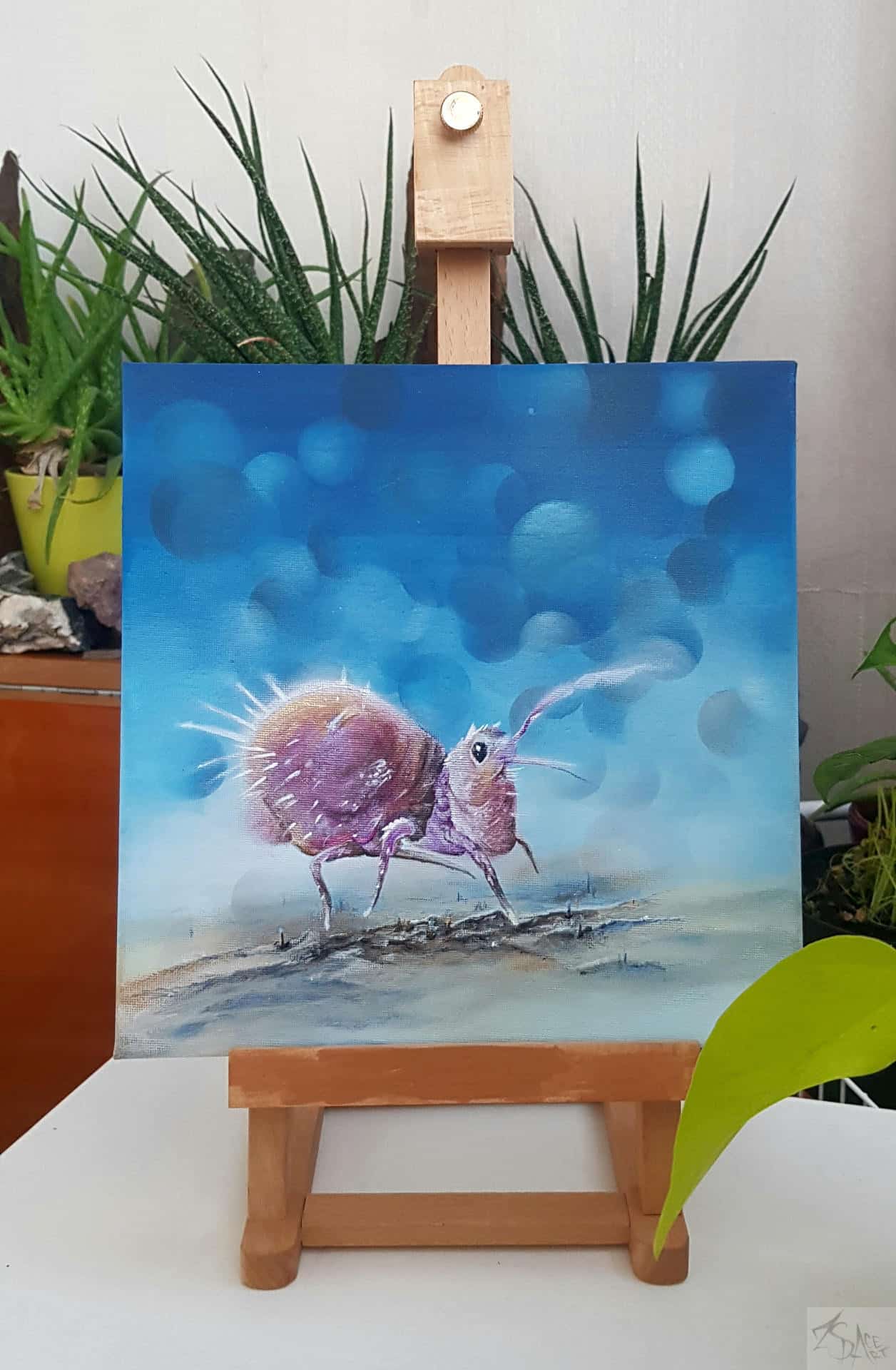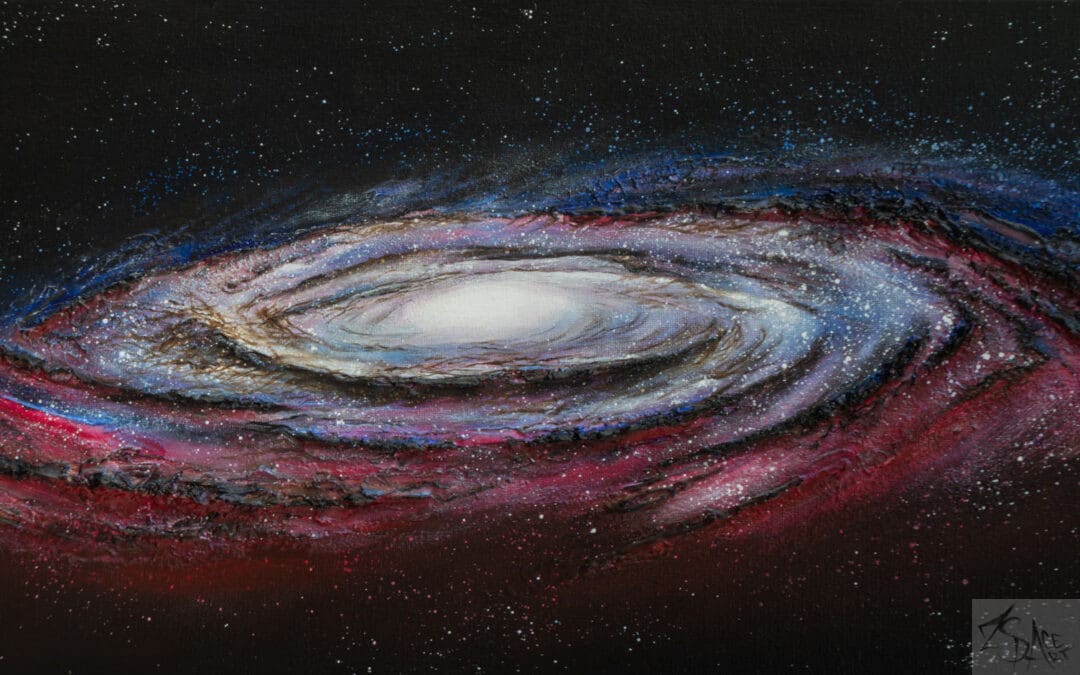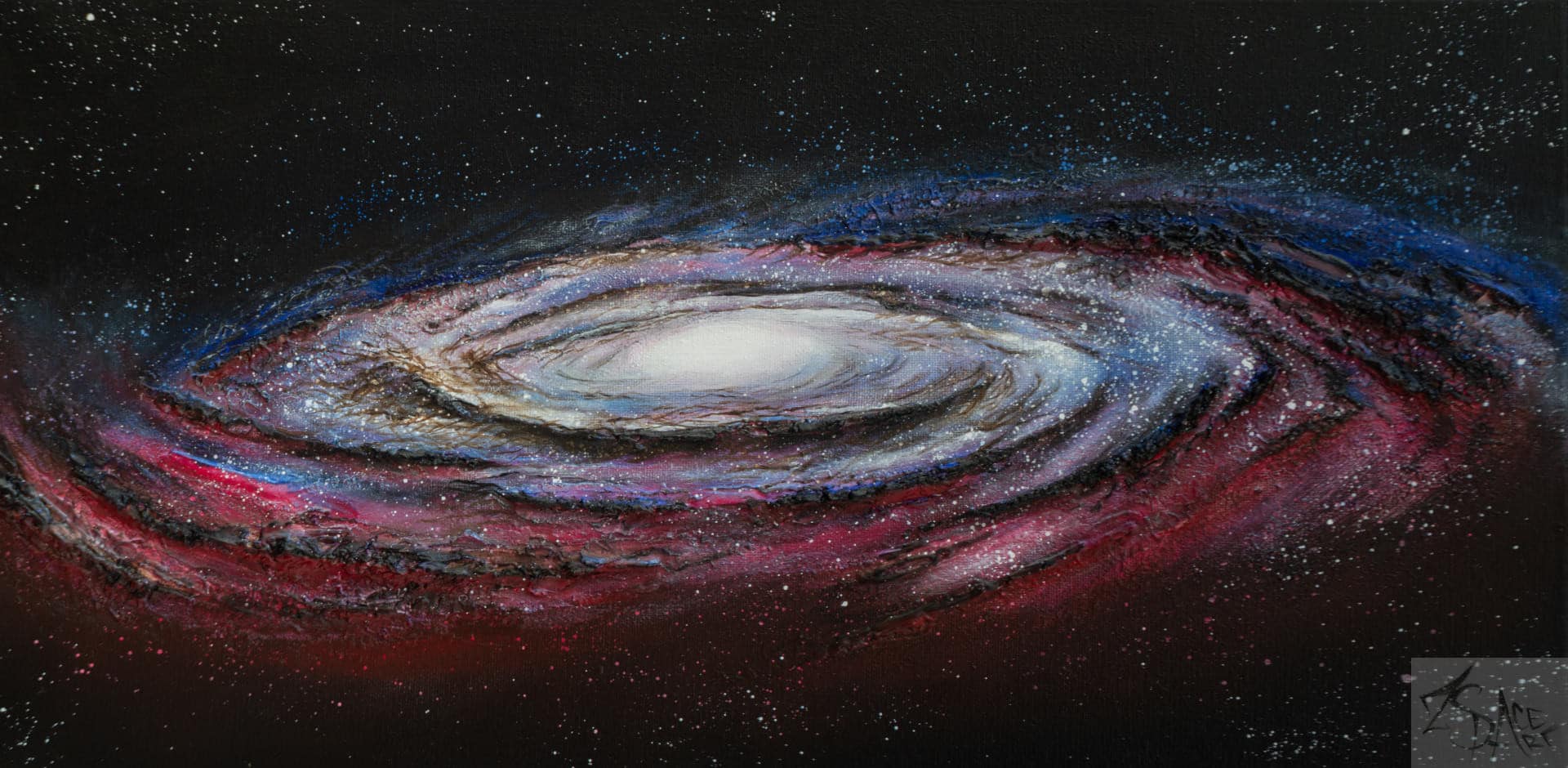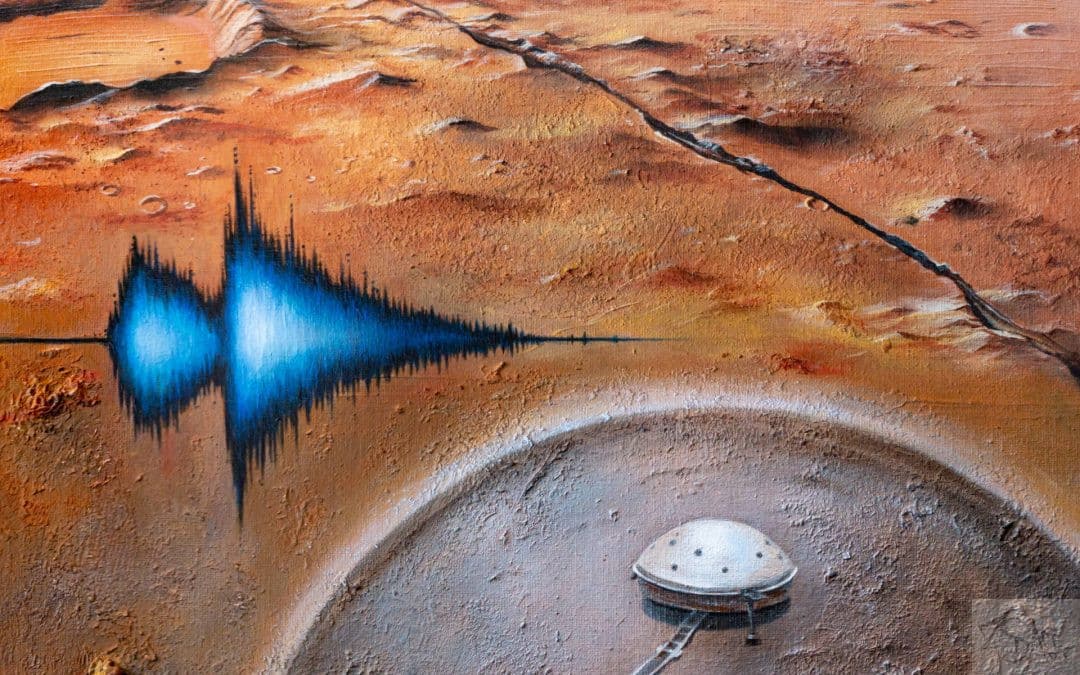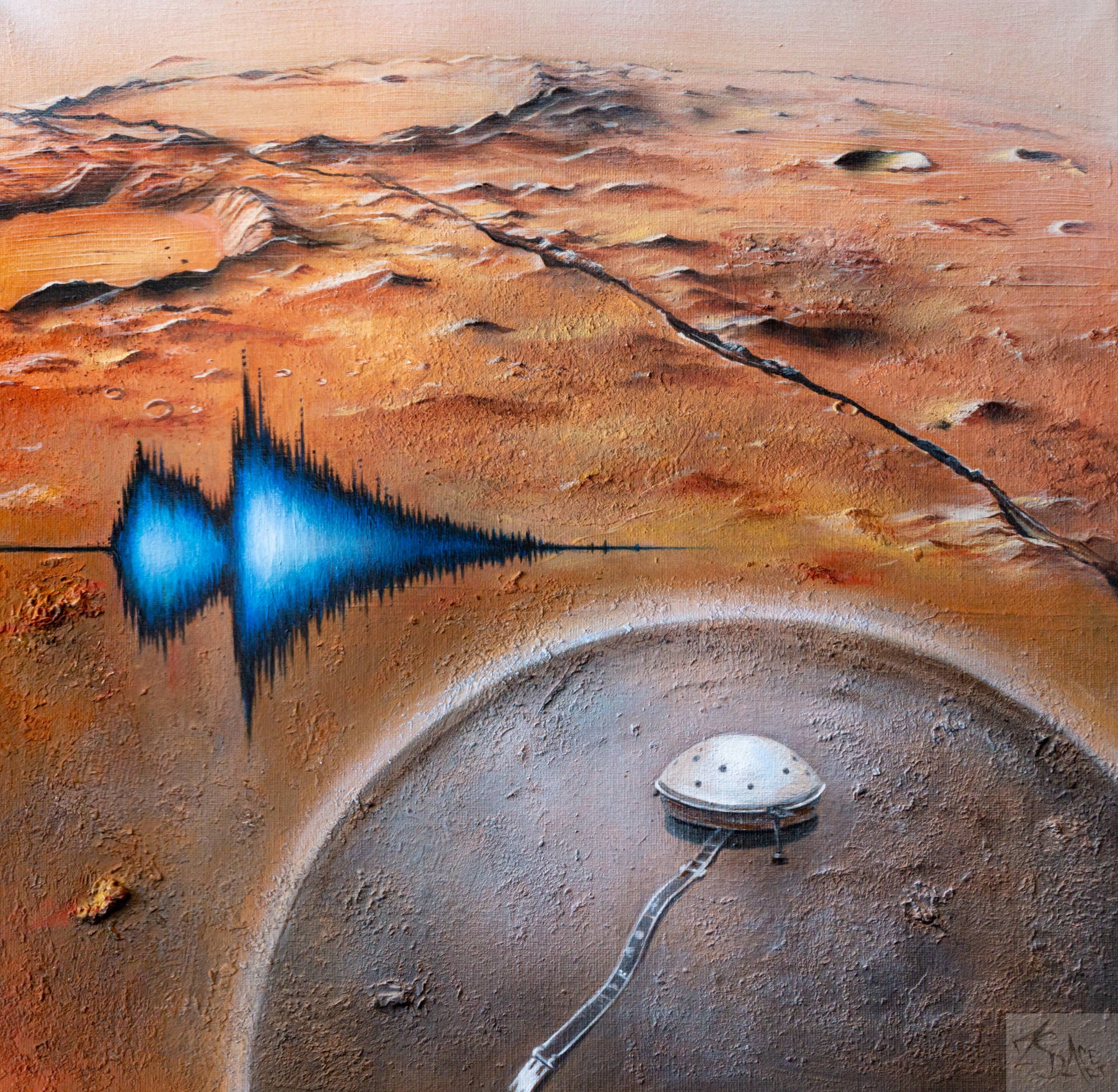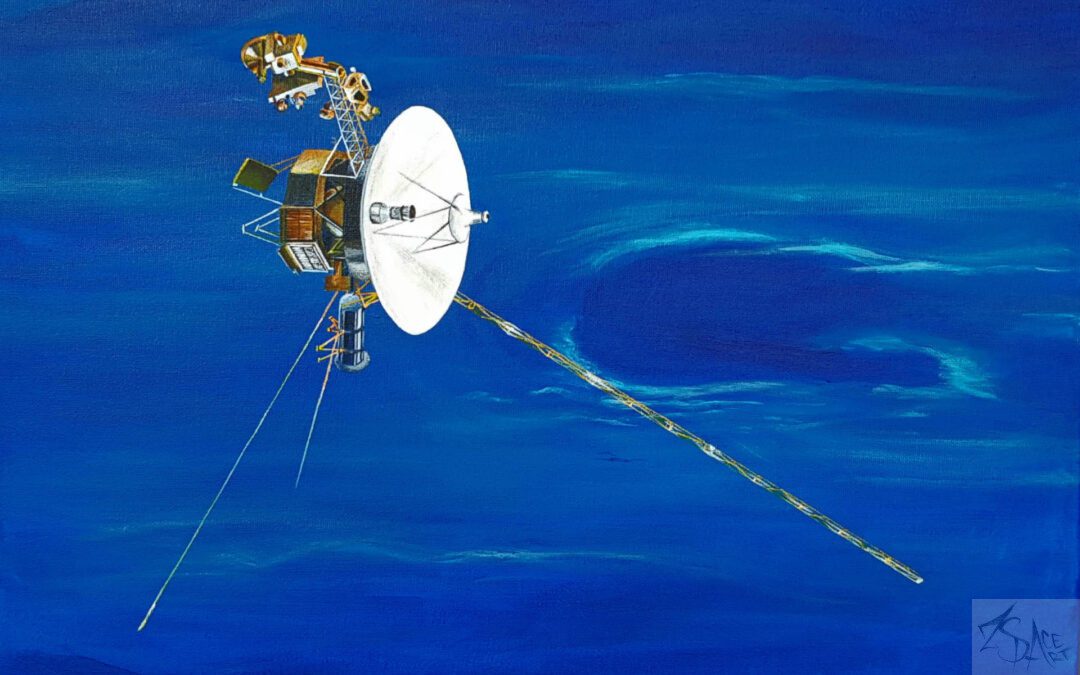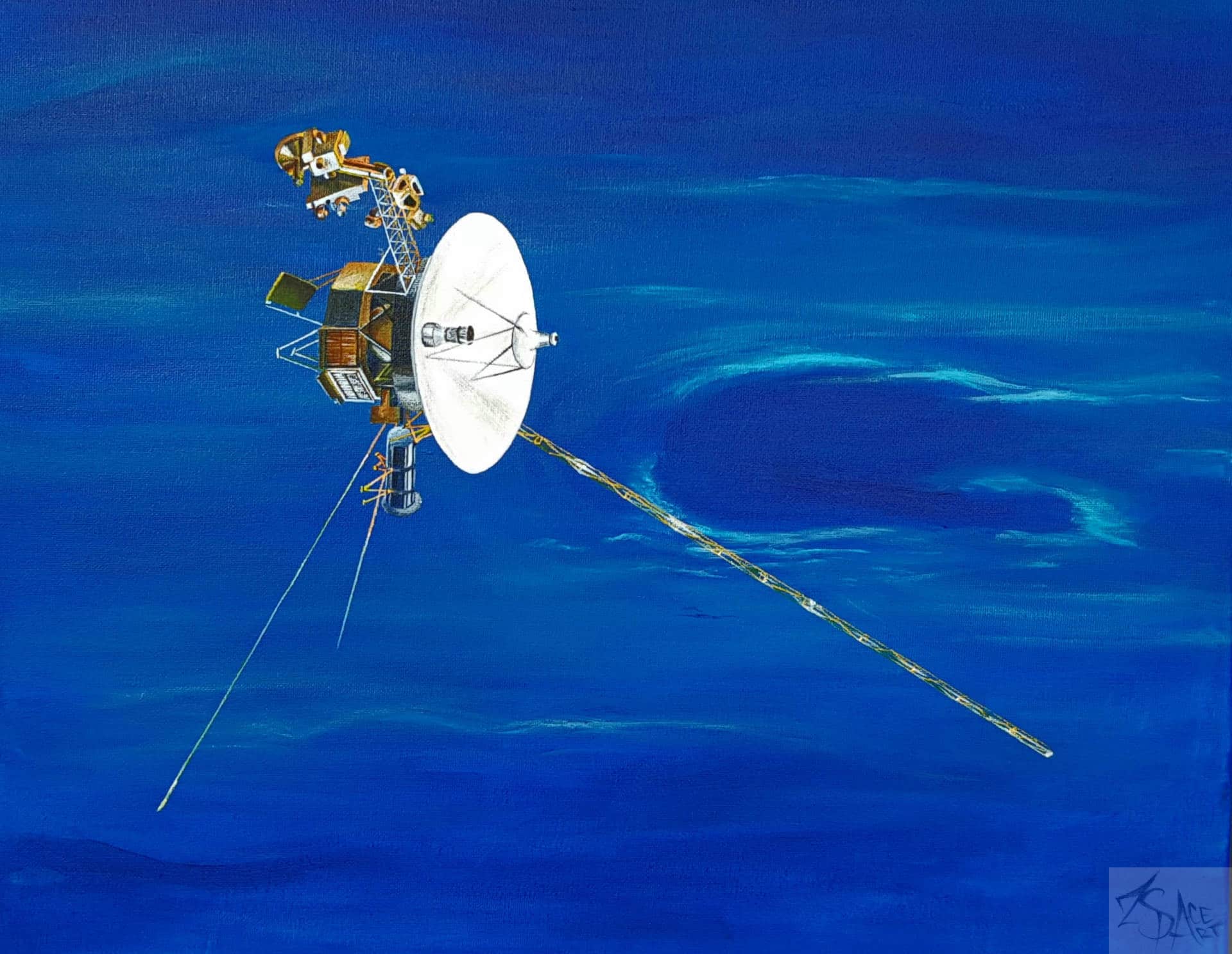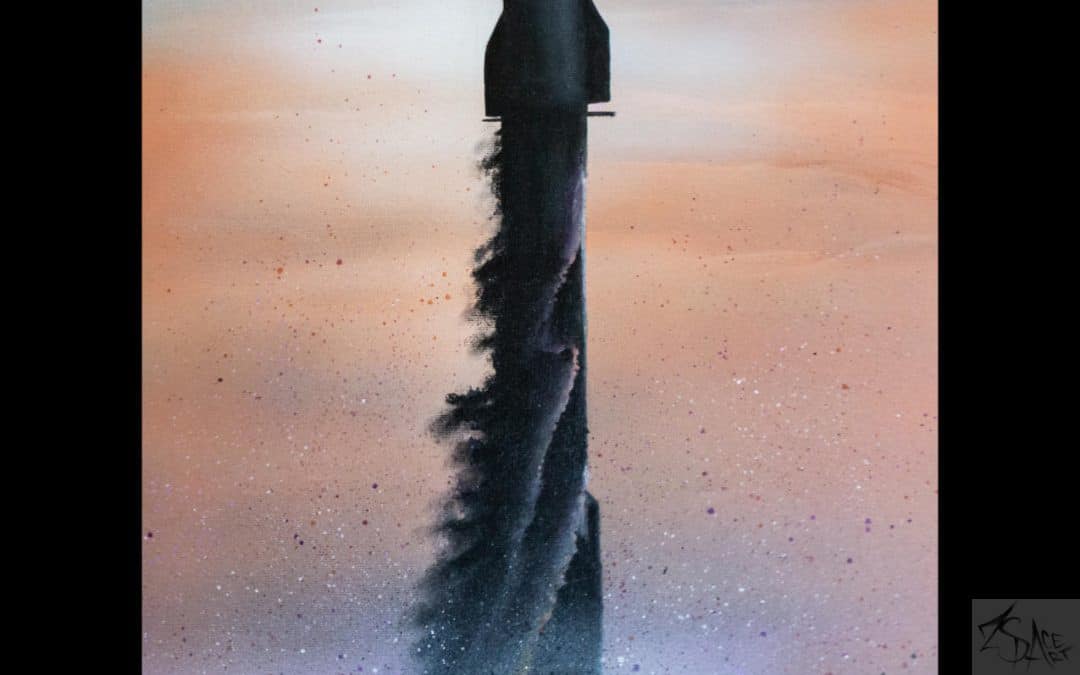
Starship
On the 20th of April 2023, the first complete Starship/Super Heavy rocket system took to the skies for the first time.
For a very long time I wanted to paint Starship in all its glory, as a basic idea as a silhouette, just in black, white, yellow and brown. Due to other tasks and circumstances, I ran out of this idea, so I used the supplies I had at home. This is how the colours ended up on black canvas, as well as the Super Heavy Booster 7 and Ship 24 photographed during the first test flight.
The Super Heavy Booster 7 was a 69 meter long first stage equipped with 33 sea level optimized Raptor engines with a total thrust of about 74.4 MN.
The Ship 24 is the second stage of the rocket system, 50 m high and 9 m in diameter. It was equipped with 3 Raptor engines optimised for sea level and 3 Raptor engines optimised for vacuum, with a total thrust of 14,7 MN.
The main goal of the mission was to launch the rocket, which is almost 120 metres high, into space safely and to survive the ascent phase and the maximum aerodynamic load (Max-Q). After the stage separation, S24 would approach its first orbital speed (28,000 km/h) with the help of its six Raptor engines and, after three quarters of its low-Earth orbit, would terminate in the Pacific Ocean, about 150 km north of the Hawaiian Islands. Meanwhile, the first stage would have made a controlled descent into the Gulf of Mexico.
Although the test flight did not achieve all its objectives, it did achieve the most important one: Starship left the launch pad in one piece and made its maiden voyage as the largest and most powerful vehicle ever, reaching an altitude of 39 km.
40×80 cm stretched canvas, acrylic, various techniques.
If you like the painting, you can buy it.
